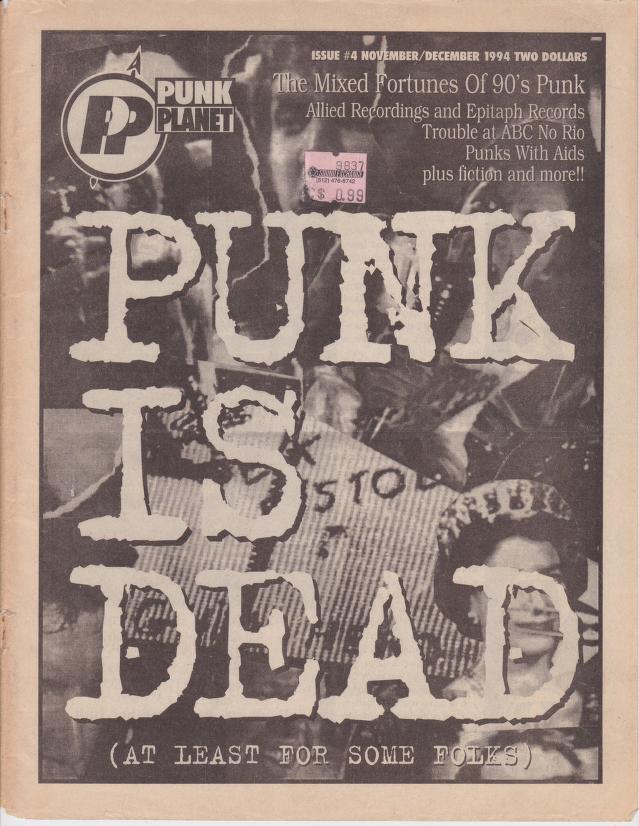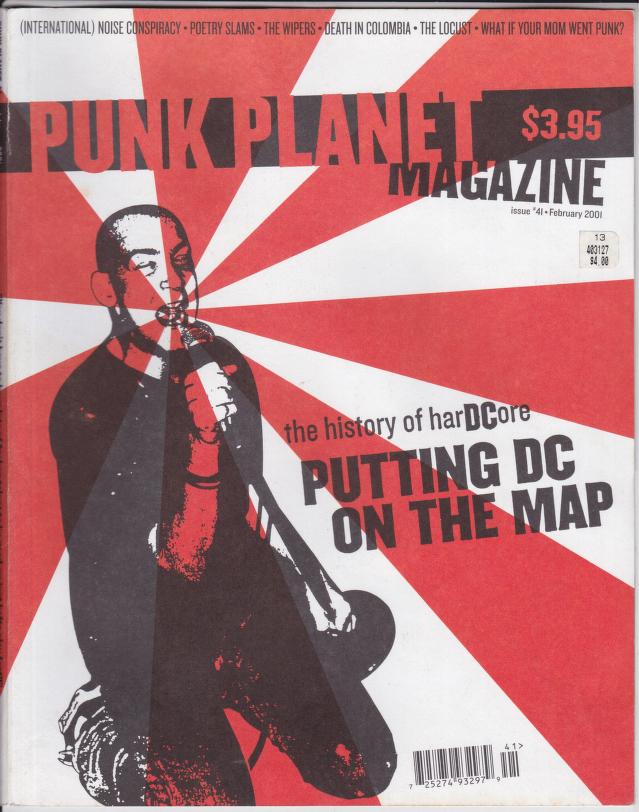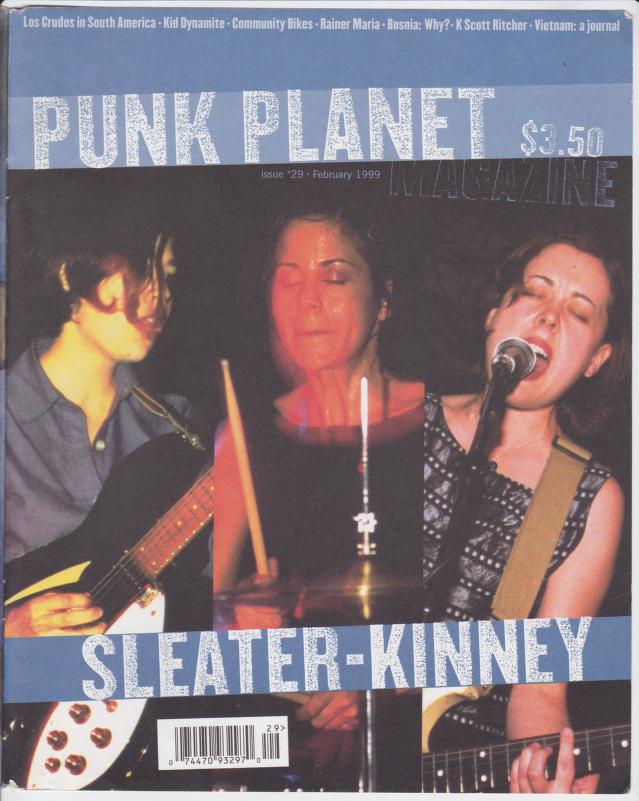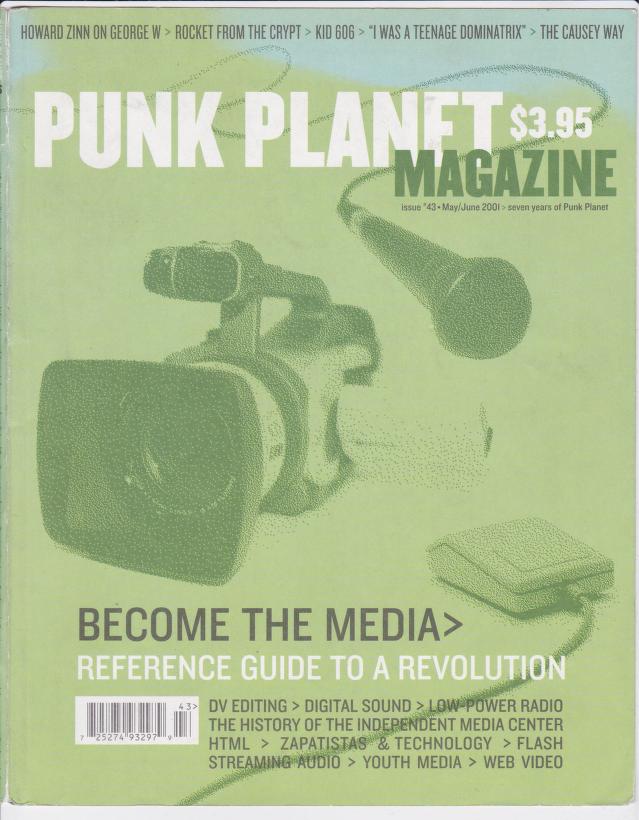Jesus, that ear. He should donate it to the Smithsonian.
—Bob Dylan on Brian Wilson
The Beach Boys tarnished their reputation when they reformed in later years and tried to “reclaim their wholesomeness,” Dan Caffrey writes at Consequence of Sound, “only to find that it had all but disappeared.” But in the days when they sounded like the most wholesome thing on earth, they also had the distinct advantage of sounding seriously weird: “Weirder than Waits, weirder than Zappa, and definitely weirder than the Beatles. The immaculate vocal harmony that made them famous was their weirdest weapon of all; a sunny fortress of euphony that shone through the darkest of times and strangest of lyrics in their latter days.”
The phenomenon could emerge “only out of the ferment that characterizes today’s pop music scene,” said Leonard Bernstein when he heard “Surf’s Up.” Despite the surface-level corniness, there were “really deep, profound emotions” in the band’s music, emotions “that came out of a lot of pain,” Linda Ronstadt remarked.
The full depths of Pet Sounds may never be plumbed, yet one can also put it on and immediately feel the SoCal sunshine hit them squarely in the face. Only a genius like Brian Wilson could turn surf pop into classical composition, without compromising the simple emotions of pop or the profundity of a classical arrangement. (“I figure no one is educated musically ’til they’ve heard ‘Pet Sounds,’ ” says Paul McCartney.)
And only the Beach Boys as a group could pull off those harmonies. The rest of the band may not have quite grasped what their quixotic leader was up to. (Mike Love once famously complained, “Who’s gonna hear this shit? The ears of a dog?”) But they knew how to sing together like no one else before or since. (When David Crosby heard “In My Room,” he says, “I thought, ‘I give up–I can’t do that–I’ll never be able to do that.’”) They were so good, they could pull off gorgeous a‑capella passages like those in “Sloop John B,” Pet Sounds’ lead single. Hear it at the top in a full isolated vocal version.
A traditional folk song that originated in the Bahamas and was recorded in the sixties by everyone from Johnny Cash to Lonnie Donegan to the Kingston Trio, the arranging of the song took only 24 hours, Al Jardine remembers, from the time he brought it to Wilson as a possible cover to the time Wilson completed his version of the track. The vocals were another matter. Jardine assumed he would sing lead, but Wilson had a process:
It was like interviewing for a job. Pretty funny. He didn’t like any of us. My vocal had a much more mellow approach because I was bringing it from the folk idiom. For the radio, we needed a more rock approach. Brian and Mike ended up singing it.
Those demanding vocal recording sessions, Jardine wrote in the Pet Sounds liner notes, could last 12–15 hours a day. The end results are an especially impressive feat considering that the backing vocals were all recorded at once, with no overdubbing or any of the digital studio wizardry used today to nudge stray voices into the right pitch and rhythm:
At the vocal sessions, there was so much good tension. At any one time, you would have four out of five of us get our parts just fine, and there would be one who would screw up. But it wouldn’t be the same person each time. Then the next take, he would get it right, but somebody else would get it wrong. Kind of like the chaos theory at work. The more people you have in a given situation, the more chance there is for error. Then, there would be the magic moment when it all came together, and then you had your take.
Just below, hear Pet Sounds’ saddest song, “Caroline, No,” in a vocal take featuring only Wilson. He thought of it as “probably the best [song] I’ve ever written… a pretty love song about how this guy and this girl lost it and there’s no way to get it back. I just felt sad, so I wrote a sad song.” It’s also a song, for all its melancholy, born from the sense of innocent longing the band brought to all their music in their prime, conveyed in harmonies that would never shine as brightly for any other band at any other time. Hear more of the Beach Boys, a‑cappella, in the YouTube playlist here.
Related Content:
How the Beach Boys Created Their Pop Masterpieces: “Good Vibrations,” Pet Sounds, and More
Josh Jones is a writer and musician based in Durham, NC. Follow him at @jdmagness






